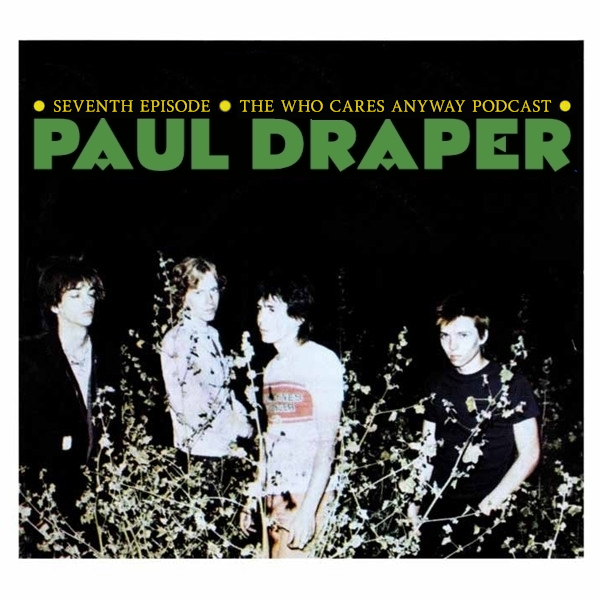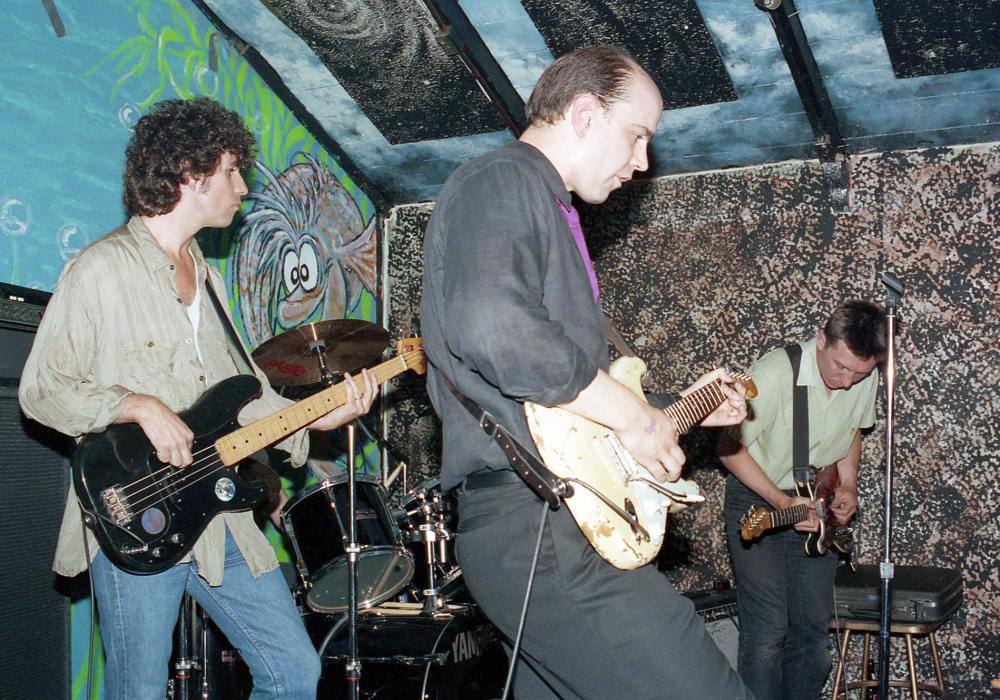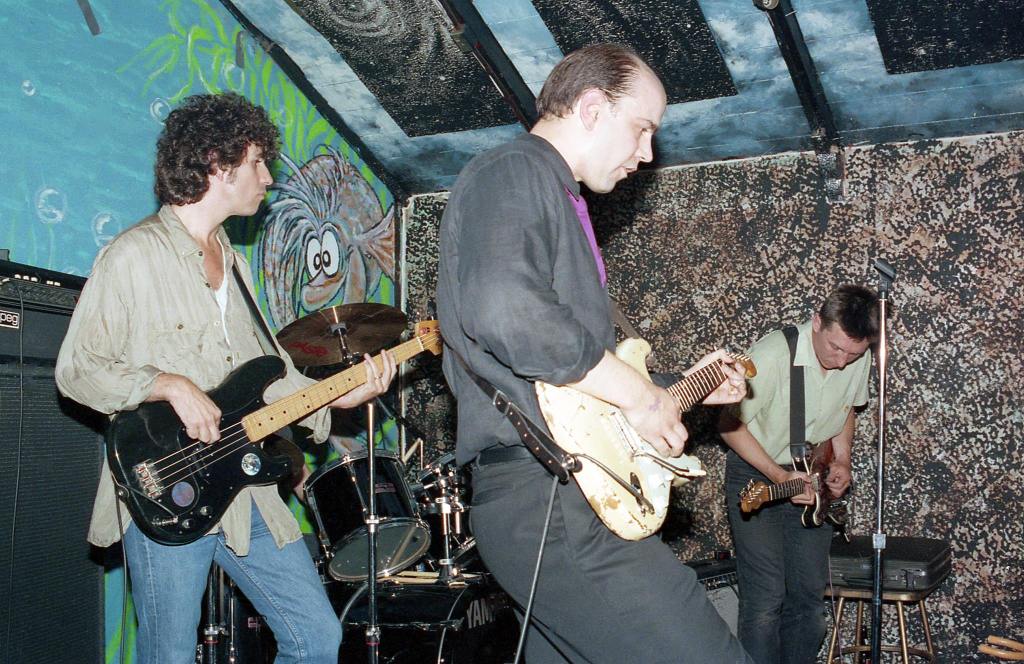A brief outtake from Michael Belfer’s memoir When Can I Fly? The Sleepers, Tuxedomoon & Beyond.
There are a handful of producers who I stand in awe of. Two of them would be Brian Eno and Daniel Lanois. There’s Martin Hannett, who produced everything on Factory Records. And then Jack Douglas, who produced the first Cheap Trick record, Aerosmith’s best three albums, and John Lennon’s Double Fantasy.
I’ll never forget the time that Jack Douglas took me out to lunch. It was one of the high points of my life. He let me ask any questions I wanted to, so I asked him about the Aerosmith records, especially Get Your Wings. The solo on “Train Kept A-Rollin” is one of my favorite guitar solos of all time, and I wanted to know what he had used to record it. He just busted out this story about how they had brought in these ringers, and the lead guitar player was none other than Steve Hunter, Lou Reed’s guitar player from the Rock ’n’ Roll Animal album.
Jack said, “If you don’t believe me, listen to the intro to ‘Sweet Jane,’ and then switch back to ‘Train Kept A-Rollin’.”
And sure enough, it’s like, “Oh, fuck. That’s not Joe Perry.”
But to Steve Hunter’s credit, he never broke that story. It was Steve Hunter and Dick Wagner who played the roles of Joe Perry and Brad Whitford, the two guitar players in Aerosmith. Jack also shared the secret of the bass line to “Sweet Emotion” with me. He said, “Go back and listen to it, and listen hard. And you will hear that underneath the bass guitar, we doubled the line with a bass marimba.” And sure enough, there it is. I bet you didn’t notice it before, though.
When Black Lab got signed to Geffen, all of a sudden I’m presented with, “Who do you want to produce your album? We’ve got a $500,000 budget to make a record.” I said, “Can we see what Jack Douglas is up to?” And their response was, “Jack Douglas? What has he done lately?”
I said, “Jack Douglas produced the first Cheap Trick record, Aerosmith’s best three albums, and John Lennon’s Double Fantasy. He doesn’t have to make another fuckin’ record for the rest of his life. That guy has proven himself. Are you out of your mind? I’m telling you, it’s time to bring Jack Douglas back! Can we at least look into it?”
“No.”
They wouldn’t consider it.




